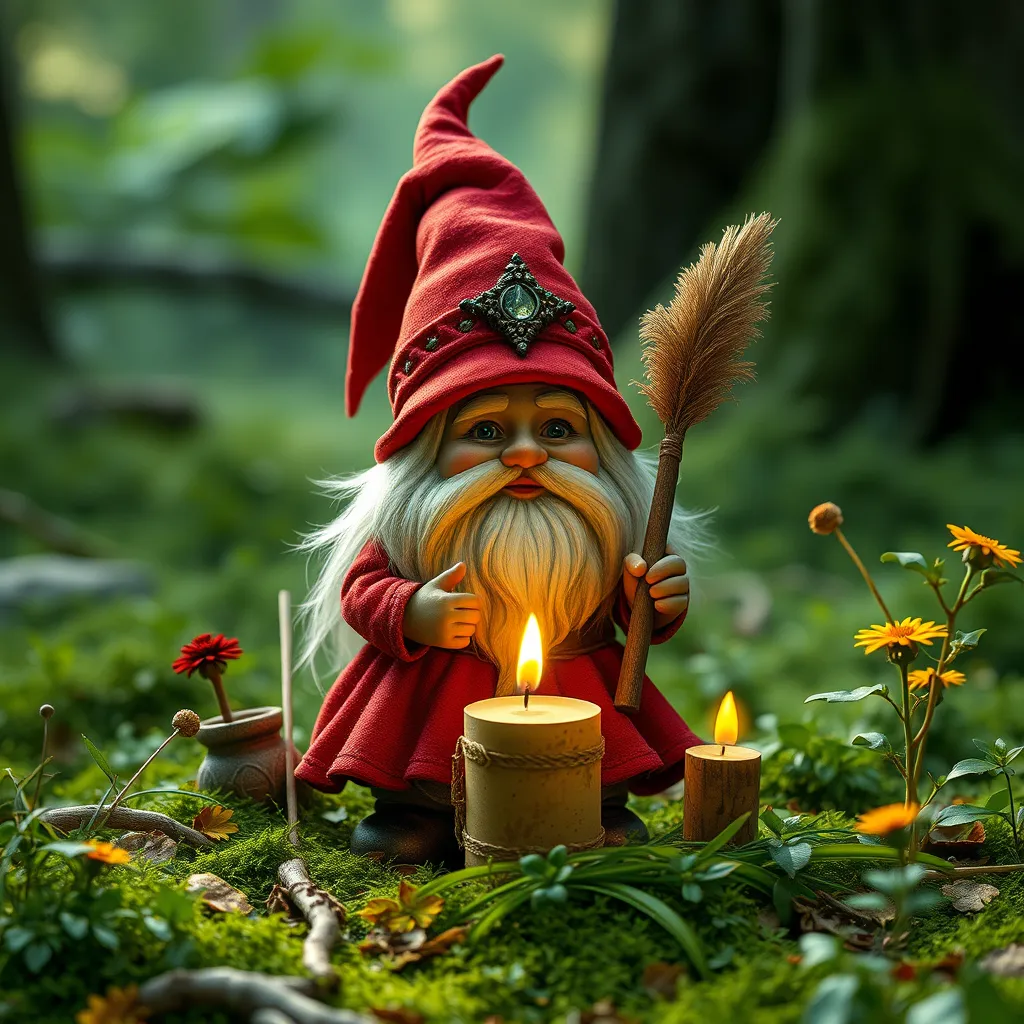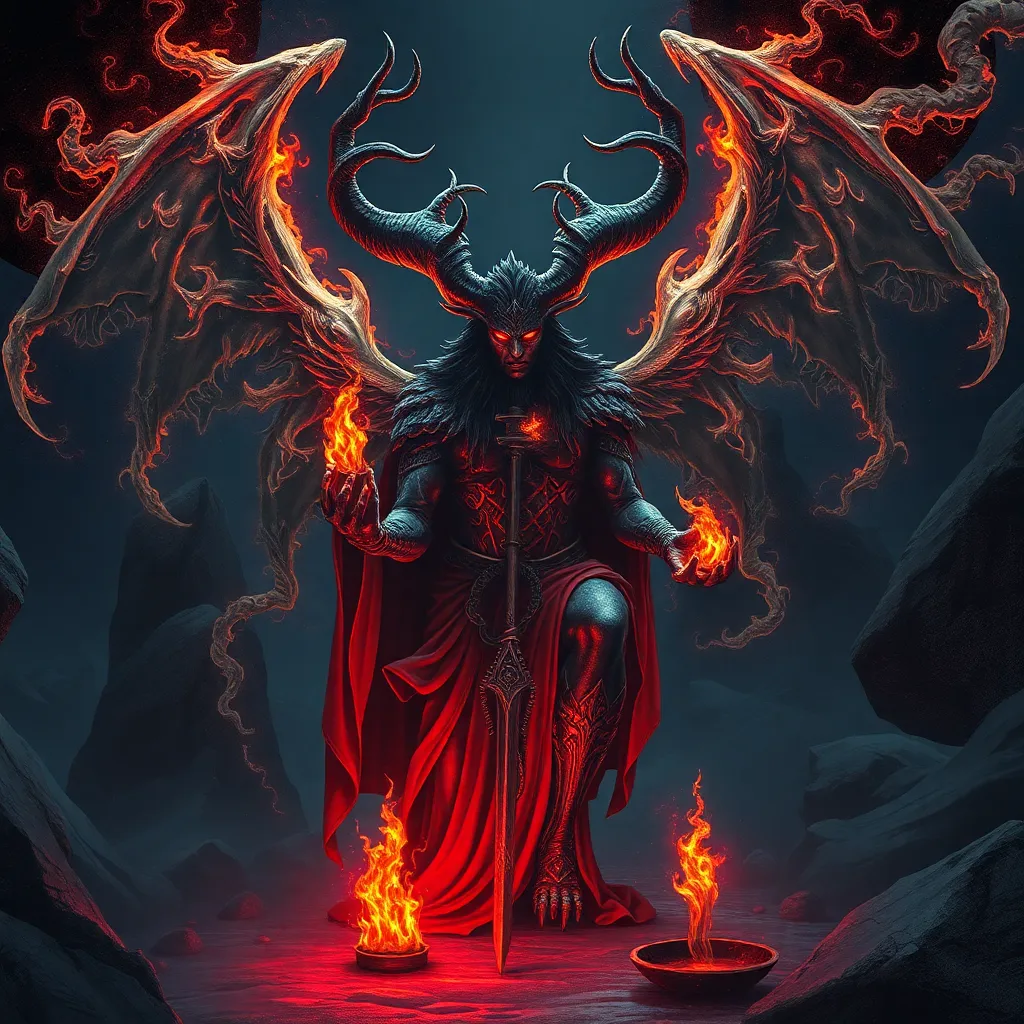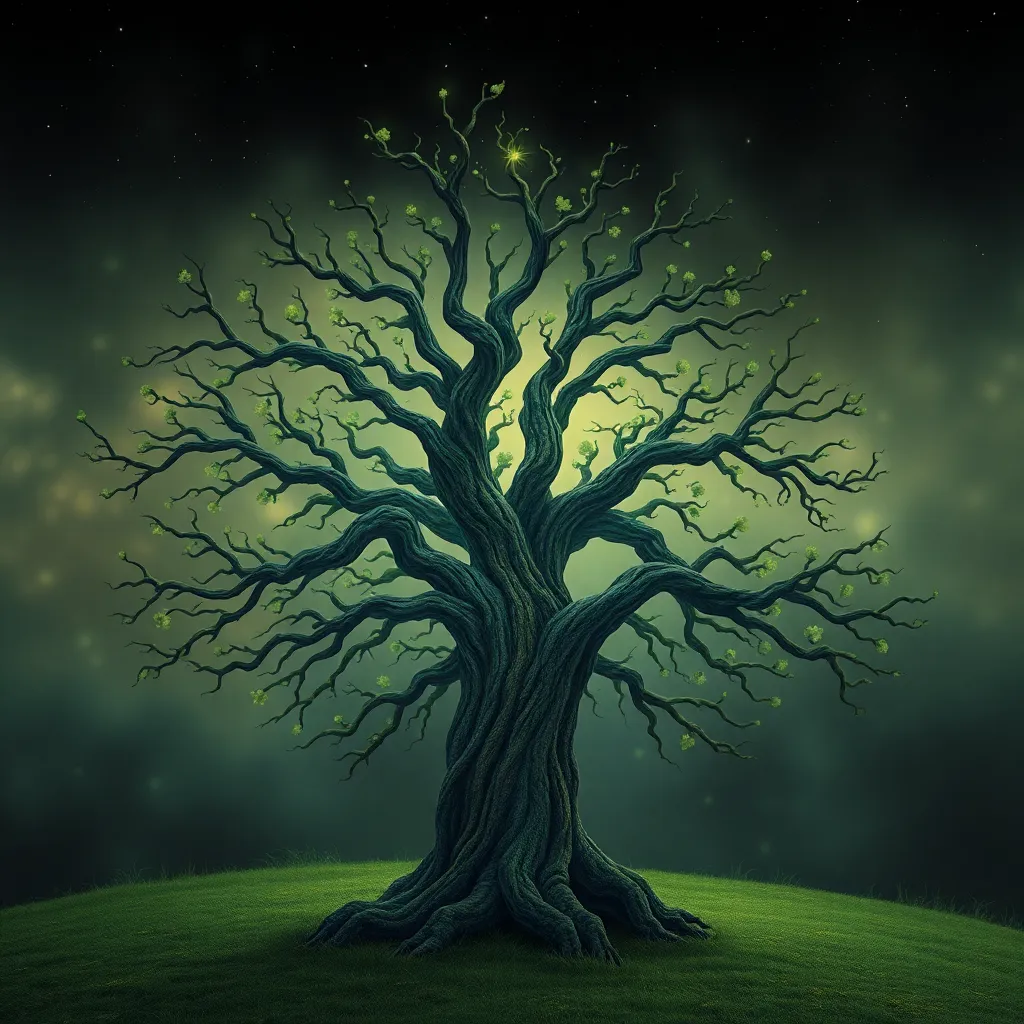Gnome Rituals and Traditions: From Harvest Festivals to Rituals of Healing
I. Introduction to Gnome Culture
Gnome culture is steeped in rich mythology and folklore, characterized by a profound connection to nature and the earth. These small, humanoid creatures are often depicted as guardians of the forest, with a deep respect for the natural world and its cycles. Gnome mythology is filled with tales of magical events, wise spirits, and the harmonious coexistence of gnomes with other woodland beings.
Rituals and traditions play a crucial role in gnome communities, serving as a means of celebrating their relationship with nature and reinforcing social bonds. Through these practices, gnomes express gratitude, seek blessings, and maintain harmony within their environment.
II. The Importance of Harvest Festivals
Harvest festivals are among the most significant celebrations in gnome culture, rooted in historical agricultural practices and the need to honor the earth’s bounty. These festivities mark the culmination of the growing season and are essential for fostering community spirit and gratitude.
A. Historical context of harvest celebrations among gnomes
Historically, gnomes relied on the cycles of nature for their sustenance, making the harvest a pivotal event. The gathering of food and resources not only ensured survival but also strengthened communal ties as families came together to celebrate their collective efforts.
B. Key elements of gnome harvest festivals
- Offerings to nature spirits: Gnomes often present offerings of fruits, vegetables, and handmade items to nature spirits, seeking their blessings for future growth and abundance.
- Community gatherings and feasts: These festivals are marked by large communal feasts where gnomes share their harvest, enjoy traditional foods, and partake in various games and activities.
III. Seasonal Rituals and Their Meanings
Gnomes celebrate the changing seasons through various rituals that reflect their respect for nature’s cycles. Each season brings unique customs and meanings, tying the community closely to the earth.
A. Spring: Rebirth and Renewal
- Celebrations of new growth: Spring rituals focus on the awakening of the earth. Gnomes celebrate the blooming of flowers and the sprouting of new plants, often holding ceremonies to honor the return of life.
- Rituals to encourage fertility in nature: Special rites, such as planting seeds with songs and blessings, are performed to promote fertility in crops and wildlife.
B. Summer: Abundance and Joy
- Festivals of light and warmth: Summer is a time of joy, celebrated with festivals that honor the sun. Gnomes gather for bonfires and festivities that highlight their connection to light and warmth.
- Importance of music and dance: Music and dance are integral to summer celebrations, with gnomes often participating in lively dances that reflect their happiness and gratitude.
C. Autumn: Gratitude and Reflection
- Harvest-related customs: Autumn rituals center around the gathering of crops and preparing for winter. Gnomes engage in activities like cider-making and preserving food.
- Rituals of thanks to the Earth: Gnomes express their gratitude to the earth for its generosity through offerings and communal prayers.
D. Winter: Rest and Restoration
- Celebrations of the longest nights: Winter solstice is marked by celebrations that honor the return of light. Gnomes light candles and share stories around the hearth.
- Rituals of introspection and healing: This season is a time for reflection and healing, with gnomes often engaging in quiet rituals that promote inner peace and community support.
IV. Rituals of Healing and Well-Being
Healing practices among gnomes are deeply intertwined with their natural surroundings. They believe that nature possesses a wealth of healing properties that can aid in physical and spiritual well-being.
A. Traditional healing practices among gnomes
Gnomes utilize a variety of herbs, roots, and natural remedies to treat ailments. They often work with herbalists within their communities to share knowledge and strategies for healing.
B. The role of nature in gnome healing rituals
Nature plays a fundamental role in these rituals, with gnomes often conducting healing ceremonies in serene outdoor settings, surrounded by the elements that they believe enhance their powers.
C. Connection between community and individual healing
Healing is viewed as a communal effort among gnomes. They believe that individual well-being contributes to the health of the community, leading to collective rituals that support those in need.
V. Gnome Crafts and Artistry in Rituals
Craftsmanship is a vital aspect of gnome culture, with intricate handmade items often used in rituals. These crafts reflect the gnomes’ creativity and their connection to the earth.
A. The significance of handcrafted items in rituals
Handcrafted items, such as woven baskets, clay pots, and wooden figures, hold special significance during rituals. They are often imbued with intentions and blessings, making them sacred objects in gnome traditions.
B. Common materials and techniques used by gnomes
- Natural materials: Gnomes primarily use materials sourced from their surroundings, including wood, clay, and plant fibers.
- Traditional techniques: Techniques passed down through generations, such as weaving, carving, and pottery, are commonly employed in creating ritual items.
C. Symbolism behind gnome art in rituals
The art created by gnomes often carries deep symbolic meanings, representing elements of nature, community bonds, and spiritual beliefs. Each crafted item tells a story and is an integral part of their rituals.
VI. Gnome Myths and Legends Surrounding Rituals
Myths and legends play a vital role in shaping gnome beliefs and practices. These stories often contain moral lessons and insights into the gnome way of life.
A. Popular stories that illustrate gnome beliefs
Many tales center around gnomes’ interactions with nature and their efforts to maintain balance within their environment. Characters in these stories often embody virtues such as wisdom, kindness, and respect for the earth.
B. The impact of these myths on contemporary gnome traditions
Contemporary gnome traditions continue to be influenced by these myths, as gnomes incorporate elements of storytelling into their rituals, reinforcing their cultural identity and values.
VII. Modern Adaptations of Gnome Rituals
As society evolves, so too do gnome rituals. Modern influences have prompted gnome communities to adapt their traditional practices while striving to preserve their heritage.
A. Influence of contemporary society on traditional practices
Globalization and modernization have introduced new ideas and practices to gnome culture, leading to a blending of traditions that reflect both ancient customs and contemporary values.
B. Preservation efforts by gnome communities and enthusiasts
Many gnome communities actively work to preserve their traditions through education, workshops, and festivals that celebrate their heritage.
C. The role of tourism and commercialization
Tourism has also impacted gnome rituals, with many communities opening their doors to visitors. While this brings awareness and appreciation, it also raises concerns about the commercialization of their sacred practices.
VIII. Conclusion: The Enduring Legacy of Gnome Rituals
The rituals and traditions of gnomes are not just remnants of the past; they are living practices that continue to evolve. The importance of preserving these traditions cannot be overstated, as they encapsulate the values and beliefs of gnome culture.
As we reflect on the relevance of these rituals in today’s world, we recognize their role in fostering community, promoting well-being, and reinforcing the vital connection between humanity and nature. Gnome rituals remind us of the beauty of tradition and the importance of honoring our roots while navigating the complexities of modern life.




